TFB Exclusive: Zastava's New M20 7.62x51 Machine Gun

During our recent visit to the Zastava Arms factory in Kragujevac, Serbia, we had the opportunity to explore one of the region’s most renowned and historic manufacturers of firearms and artillery. With a legacy dating back to the 19th century, Zastava Arms remains a prominent name in the global defense industry.
Our visit began with a warm welcome from the knowledgeable staff, who provided valuable insights into the company’s storied history, advanced production capabilities, and its ongoing role in both domestic and international military markets.
Following the introduction, we were given a comprehensive tour of the facility and an up-close look at Zastava’s full range of weaponry. This allowed us to closely examine the design, craftsmanship, and technical specifications of their products. A highlight of the visit was the live firing session, where we observed and participated in the testing of several firearms, an experience that revealed the performance and precision behind Zastava’s engineering.
The New Gun
Unveiled at the PARTNER 2023 International Arms and Military Equipment Fair in Belgrade, Serbia, the M20 machine gun is a modified version of the M84, designed for the rimless 7.62x51mm NATO cartridge. This modification necessitated a redesign of the feed system, allowing the NATO-standard M13 disintegrating link belt to replace the original non-disintegrating belts used in the PKM series. This may be an effort by the Serbian Ministry of Defense to standardize on 7.62x51mm for their machine guns, as it already relies on this caliber for its Designated Marksmen Rifles and precision rifles.
In changing the caliber from the rimmed 7.62x54 mm cartridge to the rimless 7.62x51 mm NATO round, a significant internal design change was required for the feed system, which involves the use of the “push-through” M13 disintegrating link. The revised feeding arrangement developed for the M20 is pushed back on the receiver, allowing for use with the push-through M13 link. This is an interesting solution. Most nations that wanted a 7.62x51mm and M13 link for the PKM did not do so. Instead, they significantly lengthened the receiver, increasing its weight. This is a brilliant and original solution.
Externally, the M20 features a modernized feed tray cover with an M1913 rail. It is worth noting that the rear sight is attached to one of their products for prototyping purposes, most likely a M72. Another item to note is that it is said to change is the bipod, which appears to be off one of Zastava's precision rifles, on the range where we were informed it would be changed to a standard M84 bipod.
The new feed system uses a modification of the original feed paw assembly, now mounted with a lateral cam roller, whose lateral movement drives the feed lever in the feed tray cover to actuate the feed paws to pull a belt into the weapon.
For loading, an additional step is required. With the feed tray cover open, the location of the cartridge guide on the feed tray requires lifting the cartridge guide to place the belt under it. This is an added step, but it could be addressed by adjusting the design to curve the cartridge guide upward, so the shooter only needs to push the belt into the guides. Lastly, after shooting, one link remains under the cartridge guides; it can be easily pushed out with a new belt, but cannot be easily swept out by hand by simply sweeping the feed tray.
Key Features and Specifications:
- Caliber: 7.62x51 NATO
- Operation: Gas-operated, rotating bolt
- Feed System: Belt-fed, push-through with NATO M13 links
- Rate of Fire: Approximately 600–700 rounds per minute
- Weight: Approximately
- Barrel: Electro-chemical rifling (ECR), chrome-lined for extended service life
- Sights: Adjustable iron sights with provisions for optical mounts
- Mounting Options: Compatible with tripods and vehicle mounts
- Effective Ranges: Bipod: Point targets at 600 m; area targets at 800 m; Tripod: Point targets at 800 m; area targets at 1,100 m; Tripod: Suppression up to 1,500 m; maximum range 3,725 m
Performance and Operational Use
The Zastava M20 is relatively new to the market and is designed for versatility across the full spectrum of general-purpose machine guns. Its lightweight design is ideal for infantry units that require mobility without sacrificing firepower. The cold hammer-forged barrel ensures longevity and consistent accuracy, even during prolonged engagements. During our range trip, we were informed that the M20 they were shooting had fired nearly 30,000 rounds with only six malfunctions. This means on average, the weapon experienced one malfunction every 5,000 rounds fired. Not knowing if this was ammunition-related or not, it would be difficult to calculate the Mean Rounds Between Stoppages (MRBS) or Mean Rounds Between Failures (MRBF), as ammunition failures do not count towards these metrics. This would be an interesting test to conduct alongside the standard M84 and collect the data.
The weapon's gas-operated mechanism is engineered to function reliably in diverse environmental conditions, from arid deserts to humid jungles, and features a three-position regulator. Its compatibility with NATO-standard M13 belt links simplifies logistics for allied forces, facilitating easier integration into multinational operations.
While specific deployment details are limited, the Zastava M20 has been showcased at various defense exhibitions, indicating interest from both domestic and international military entities. We were informed at the time of writing that 15 M20 7.62x51 machine guns have been made for testing. The weapon we were shown was serial #00001. Its designation, “PM 7.62x51mm M20”, indicates that the PM stands for Pešadijski Mitraljez, which translates to infantry machine gun or light machine gun.
For the soldier who carries and maneuvers with a weapon, the weight is the most important factor behind reliability. The 7.62x51 M20 weighs 22.04 lbs. (10 kg). The M20 weighs 2.64 lbs. (1.2 kg) more than the original 7.62x54 M84. For comparison, the Polish 7.62x51 UMK-2000 weighs 18.52 lbs (8.4 kg), and the Bulgarian MG-M2 weighs 20.50 lbs (9.3 kg). Weight is a significant aspect to consider, especially for the infantrymen and logistical costs.
Barrel life and receiver life are typically advertised at 15,000 and 25,000 rounds, respectively, standard figures across all PK/PKM manufacturers. However, during our visit, we were told the M20 had already surpassed 30,000 rounds. Given the heavier receiver and components inherited from the M84, I’d expect the actual receiver life to exceed the 25,000-round mark by a significant margin. It’s something I’d like to test and gather data on myself someday.
The M20 barrel uses the Electro-Chemical Rifling (ECR) process instead of the cold hammer forging (CHF) process. This was done to improve mechanical properties, enhance accuracy, and reduce dispersion in a machine gun. The chrome lining is used to reduce corrosion and further enhance the service life and longevity of the barrel.
Conclusion
The Zastava M20 marks a significant advancement in Serbia's small arms capabilities, blending traditional design elements with modern innovations. Its development displays Zastava Arms' commitment to producing reliable and adaptable weaponry that meets the evolving demands of contemporary warfare. As defense forces worldwide seek to standardize and modernize their arsenals, the M20 presents a compelling option for nations looking to enhance their machine gun capabilities.
With its combination of reliability, adaptability, and compatibility with NATO standards, the Zastava M20 is poised to be a valuable asset in the arsenals of armed forces seeking a modern, versatile 7.62x51 machine gun solution.
Sources: Zastava Arms, https://www.zastava-arms.rs/en/home

Lynndon Schooler is an open-source weapons intelligence professional with a background as an infantryman in the US Army. His experience includes working as a gunsmith and production manager in firearm manufacturing, as well as serving as an armorer, consultant, and instructor in nonstandard weapons. His articles have been published in Small Arms Review and the Small Arms Defence Journal. https://www.instagram.com/lynndons
More by Lynndon Schooler
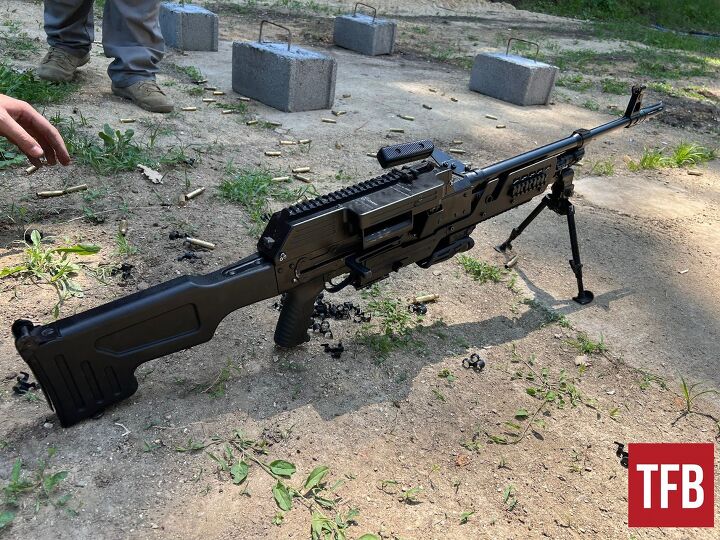










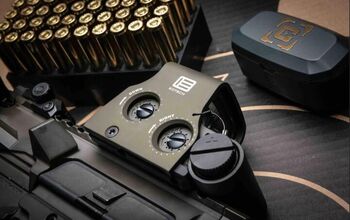
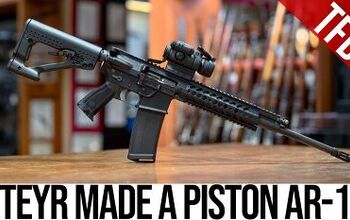



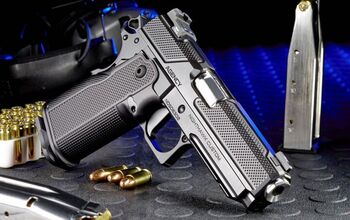



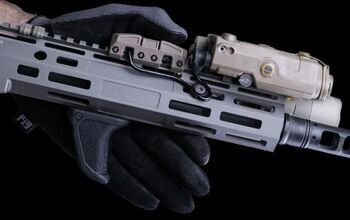
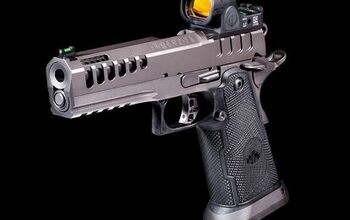


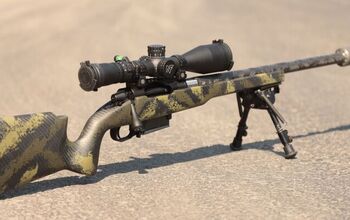
Comments
Join the conversation
This guy sure does fit a lot of flattering adjectives in his articles praising everything. But come on man, you know this is never going to happen. ”…I’d expect the actual receiver life to exceed the 25,000-round mark by a significant margin. It’s something I’d like to test and gather data on myself someday. Would be such a waste of $ and time with zero upside.
Have any of these NATO conversions used the pull-push feed of the original? It would require some mods for a rimless cartridge, but the Maxims and BMGs pulled it off.
PM = puškomitraljez not pešadijski mitraljez